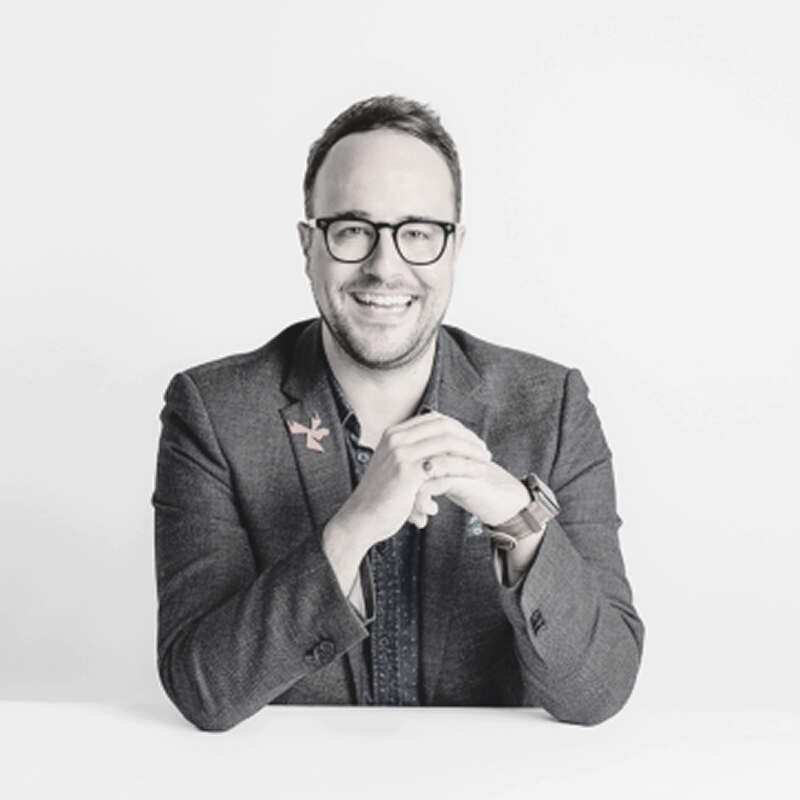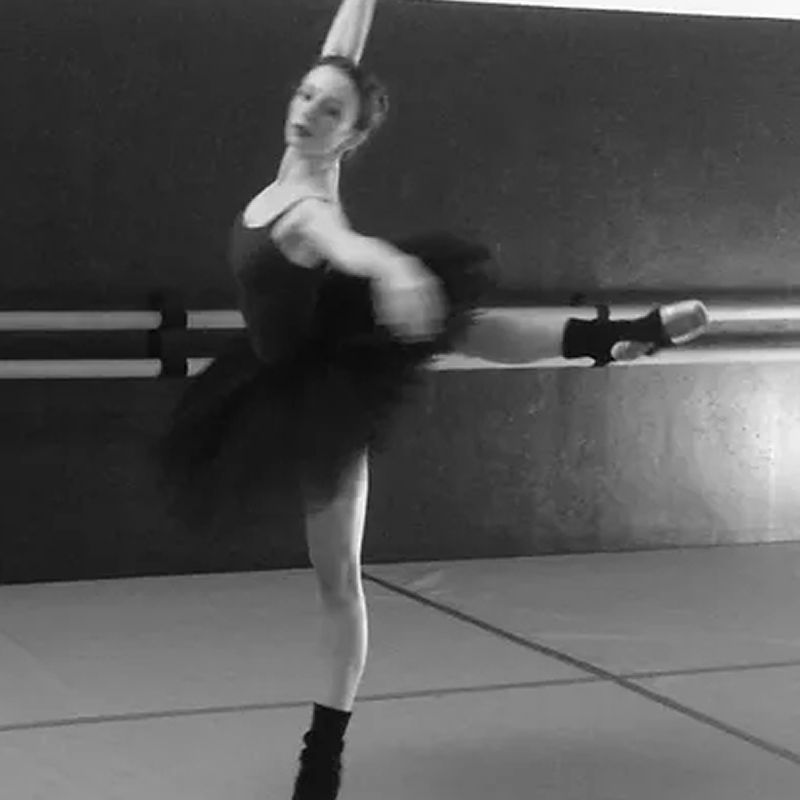The transition from junior to midweight designer is one of those career leaps that feels both inevitable and terrifying. How do you know when you're actually ready to make the jump? This practical discussion breaks down the process from studying the designers above you to having those crucial career conversations with your creative director. Industry leader Nick Hunter and psychologist Caitlin Thamm share honest advice about overcoming intimidation, focusing on work over titles, and remembering that everyone started somewhere. Essential reading for any junior designer wondering if they're ready for the next level – spoiler alert: you probably are.
The leap from junior to midweight designer can feel like sizing up a puddle that’s just a bit too wide — you know you’ll have to cross it eventually, but you’d rather not land face-first in the mud. It’s one of those career moments that feels both exciting and, if we’re honest, a bit terrifying.
Nick Hunter — Co-founder, CEO and Executive Creative Director at Paper Moose — and Caitlin Thamm — a psychologist who knows the creative mind inside out — joined Sarah Nguyen from Streamtime to break down how to know when you’re ready, and what to do about it.
Nick’s first tip is simple but powerful: "Have a look at the midweight designers above you. What are they doing? What is the difference in their work to yours?"
It’s not about comparing yourself to your peers (that can be a fast track to feeling stuck). It’s about seeing the actual gap — skills, confidence, ways of thinking — between where you are and where you want to be. Like a cat studying the distance to the next branch, it helps to know what you’re aiming for.
Job titles can be fuzzy. Nick says clarity is key: "You should be able to get access to your creative director or head of design, and so what we do at Paper Moose is we clearly sort of outline the different positions, what our expectations of each of those roles, and what you kind of have to do to be able to get to that."
Every studio is different. Some value technical craft, some client management, some idea leadership. Knowing what your workplace expects takes the guesswork out of your next step.
Once you know what’s expected, Nick suggests you get strategic: "Then we work on personal improvement plans and like, you know, I need to get better at my presentation skills or whatever it might be, so that you can then focus on those things."
Trying to “just be better” at everything is a shortcut to overwhelm. Instead, work on specific areas. Build the skills you know you’ll need — one small leap at a time.
If you’re feeling ready, Nick says don’t be shy: "Once you're feeling comfortable, then I guess asking your manager like, you know, I want to progress and I want to move up in the organisation. What do I have to do to be able to do that and what am I currently not achieving?"
Put the ball in their court. Good managers want to help you close the gap — but they need to know you want it.
Caitlin knows just how nerve-wracking this can feel when you’re junior: "I can imagine that someone that's more junior might still feel – it's kind of echoed through a lot of these questions as well – this perhaps there's some intimidation or fear into asking questions."
Her tip? Prepare: "I think being clear of what you want to get out of the conversations, what your questions are." A bit of prep can dial down the fear factor.
If your brain’s telling you your creative director is too intimidating to approach, Caitlin has a good reminder: "Obviously you have an idea of what the person's like, but look, as I said at the beginning, remembering people are human, remembering that your creative directors were at your stage some point in their life as well."
They’ve stood in your shoes — probably more recently than you think.
While you’re there, ask about their path too. Caitlin suggests: "Being curious I think about how they got to where they are. There's opportunities that always come and maybe for other people, but there's always different steps that everyone takes that get them to certain places, so becoming curious with what might have got them there."
This curiosity helps you learn — and makes the conversation feel less transactional and more human.
No single answer is gospel. Caitlin’s advice: "Speak, I suppose, speak to a range of people that might be above you and where it led them."
Different people see different strengths in you — and different gaps. More perspectives means a clearer picture.
Titles are nice, but they’re not the whole story. Nick puts it bluntly: "We obsess over title way too much, and you know, trying to figure out what type of work do I want to be doing and how do I get there – those are the conversations you should be having with your manager."
It’s not about the badge. It’s about whether you’re ready to take on the next level of work — and do it well.
Nick also points out: "If they're a good manager, then they should be able to recognise that you are outperforming your current title and should be giving you a pay raise."
So if you’re already doing the work — and you’re not seeing the recognition — that might say more about the company than about you.
Knowing you’re ready isn’t about perfection. It’s about understanding the gap, putting in the work, asking the questions, and remembering — everyone who’s now ‘senior’ was once just as unsure as you.
Like a cat that’s spent all day eyeing up that next branch, sometimes you just have to trust you’re ready enough — and make the leap.

Co-founder, CEO & ECD of B Corp agency Paper Moose, blending strategy and craft to drive positive change across sectors from NFP to finance, tourism and beyond.

A psychologist and former dancer supporting creatives, especially dancers. Drawing on 15 years in the industry and qualifications in human services and counselling, she offers a safe, empathetic space for clients to work through challenges and grow.




